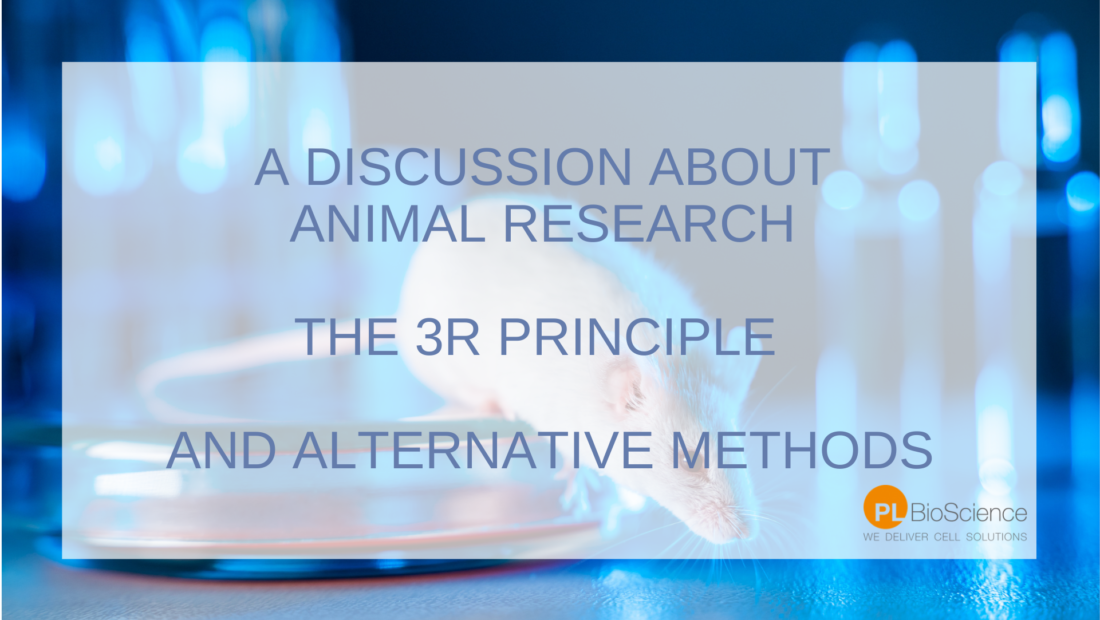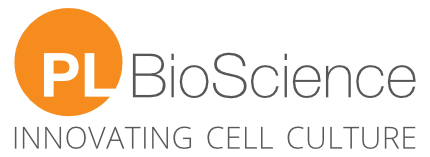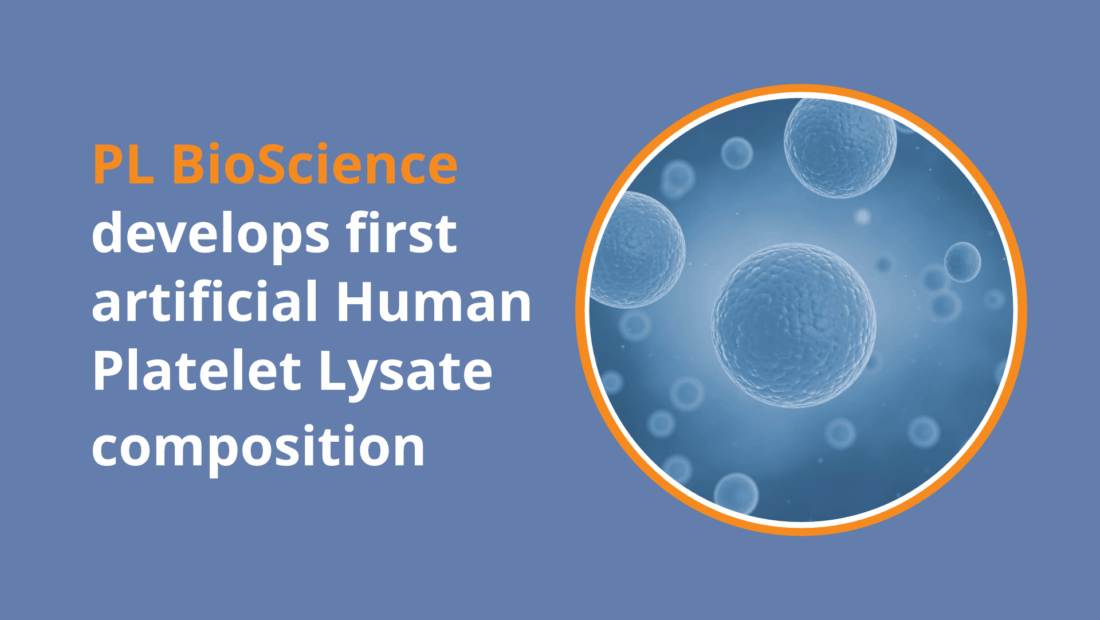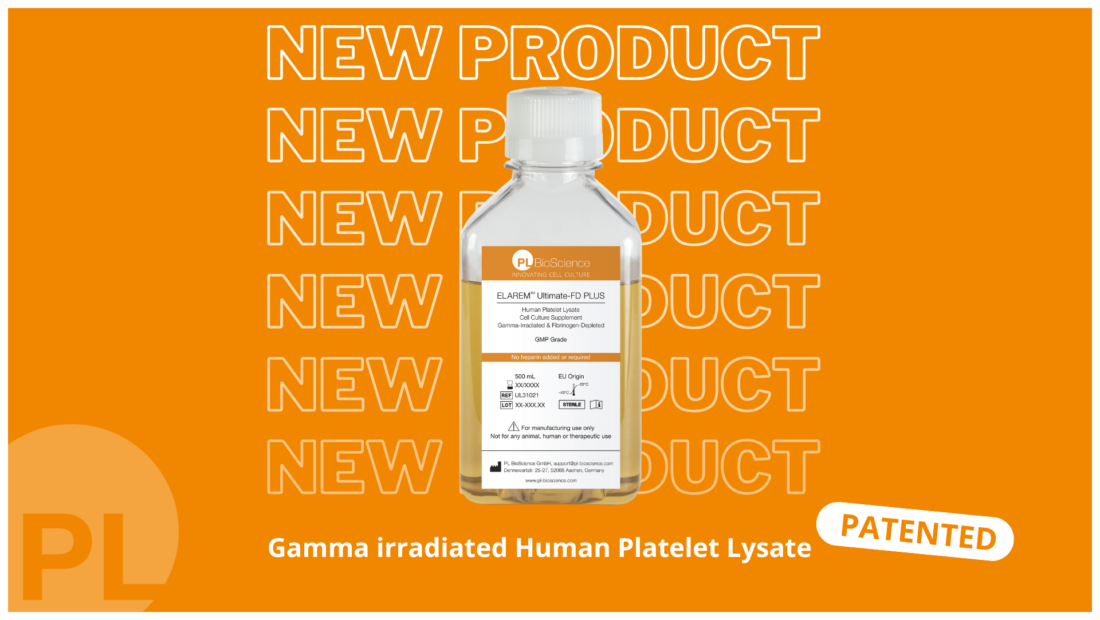
Information & Discussion: Animal experiments
Animal experiments are one of the most discussed topics in research and in our society.
We neither want to condemn animal experiments nor do we want to trivialize this topic. What we want is to raise awareness and open a fact-based discussion about it.
Animal experiments are strictly supervised and every scientist who wants to start an animal experiment needs to apply for approval. But there is also space for improvement, innovation and alternatives which we need to address.
Nothing is just black or white.
This becomes clear by investigating the topic “animal experiments”. The need of animal experiments in basic research versus the benefit for humans is one of the most critically discussed topics .
We hope you get an impression of the difficult discussion between proponents and opponents in terms of the fundamental questions.
It is important to note: When you investigate on this topic, your internet bubble matters. Often sources which strictly reject animal experiments, only use sources which support their opinion. The same applies for sources of supporters. So, as a reminder: be critical, stay curious and ask questions.
- Why do we need to perform animal experiments?
- Which role play the results for humans?
- What can we do to decrease animal experiments?
- Are there alternative methods?
Why do we conduct animal experiments?
Animal experiments are mainly conducted to test drugs, vaccines and chemical substances that are potentially harmful to humans. They are required prior to conducting a clinical trial in humans, for example to test drug efficacy. In basic research scientists, researchers and the industry perform animal testing to gain specific insights in physiology and medicine, which can be helpful to understand deadly diseases like Parkinson, HIV, MS or Cancer treatments. But they are also done for other reasons, like education or breeding of genetically engineered animals. (1)
Distribution conducted animal research:
- 47% Basic research
- 22% Production or quality assurance of medical products or toxicological safety
- 13% Research of diseases (humans & animals)
- 18% Other reasons (education, breeding of genetical engineered animals)
Numbers for Germany: (1)
Animal experiments are conducted to answer scientific questions and are allowed when:
- The experiments serve the purpose of prevention, diagnosis or treatment of diseases in humans and animals
- They help recognize environmental hazards
- They are part of safety testing for materials or products
- They are necessary for basic research
Not all questions justify animal testing.Federal laws and guidelines regulate animal testing. (2)
Data and Figures:
How many animals are used for animal research worldwide?
- 22.2 million in the EU (2017) (4)
- 11-23 million in the US (2018) (3)
- 4.2 million in South Korea 2018 (3)
- 3.9 million in Canada (2018) (5)
Which animals are used for animal experiments?
In total about 2 million animals for Germany in 2019
- Mice & rats (1,500 000)
- Fish (347543)
- Dogs (3519)
- Cats (954)
- Monkeys (3276)
- Others (Guinea pigs, pigs, birds, amphibians, sheep) (144708)
Numbers for Germany 2019: (1)
Which regulations exist?
Nearly every country has its own Animal Welfare Act (AWA) which regulates the treatment of animals in research, breed, exhibition and transport. The German Animal Welfare Act says (translated):
“Animal experiments are only allowed if they are inevitable to answer the scientific question and if the harm to the animal versus anticipated knowledge gain for humans is ethically justifiable.“ (2)
Scientists planning animal experiments need to apply for approval from the competent authorities. Therefore they have to answer the following questions as part of the approval process:
- Are there methods or strategies not entailing the use of animals?
- Is the number of used test animals reduced to an absolute minimum?
- Is animal suffering kept to the very lowest level possible?” (6)
This is part of the 3R Principle!
The 3R Principle (short: the 3Rs)
The 3R Principle is an ethical operational principle that acts as a guideline for animal protection policies in research. It is internationally recognized and, in some countries, also part of the law.
Before researchers are allowed to perform an animal experiment they have to ask for approval to regional authorities. These authorities have to question the ethical acceptance vs. the scientific benefit for humans. The reseachers have to state exactly:
- why they need to do this experiment
- why they need these animals and how many
- and why they can’t use an alternative method
The 3Rs stand for: REPLACING, REDUCING and REFINING animal experiments. (6)
We totally agree to the 3R Principle and think it should be legally confessed in many more countries.
Which role play the results of animal testing for humans?
This question is hard to answer by a single argument. It is a versatile topic which is discussed by ethics boards, scientists, organizations and the society since decades.
Nevertheless, we summarized the most important arguments of proponents and opponents:
Proponents
In basic research animal experiments contributed to the discovery of stem cells and fundamental discoveries for bone marrow transplantations. Humans gained scientific relevant knowledge about physiology and currently incurable diseases. Not only in the past but persistently every day. (9)
Therapies for neurological diseases, diabetes or cardiovascular diseases have been developed due to the knowledge and the results. (9)
Animal experiments play an important role for the development of vaccines and drugs. (9)
In quality assurance, it is legally required to ensure harmlessness of drugs and chemicals. (7)
Opponents
The results of animal experiments are not transferrable to humans because there are too many differences in organ functions and metabolism between humans and animals (10). For example 85 HIV vaccines have been successfully tested in primates but they do not work for humans (11).
There is a high failure rate of drug development: 96,6 % for Alzheimer disease and cancer. 100% for stroke-research (8).
Often, the clinical relevance is not evident: In some studies animal testing and clinical trials have been conducted at the same time (7).
Basic research does not show a valuable benefits for humans (11).
What is the conclusion now?
Not every result in basic research achieved with animal experiments is substantial and not all study designs ensure a high significance. Even if a lot of governmental reports state a decrease of animals used for experiments in research, there is still a large number of animals that is kept in captivity for this purpose.
Some basic research findings, only play a crucial role after decades: E.g. stem cells have been discovered in the 1960s as a result of animal research and are used today to develop alternative methods. Basic research needs to be seen as a whole. Results from researchers around the world may, one day, play a crucial role one day in drug development.
What can we do to decrease animal experiments?
We need to ensure a high quality study design in research with higher significance and better statistics. This probably does not mean that the number of laboratory animals is automatically decreased–but when they have to be used, the results will have a bigger impact.
Another important point is the investment in research for the development of alternative methods. An increased investment in alternative methods may also increase the possibility of developing a suitable alternative method; or improving an existing alternative method. For the industry it needs to be neccessary to validate alternative methods to ensure the quality standards of chemicals with for example cell lines.
Are there alternative methods for animal experiments?
In the past years the development of alternative methods was impressive. Here you get an impression of what are the most striking developments.
- Pluripotent stem cells
Pluripotent stem cells are undifferentiated cells in the organism which develop in an early embryonic stadium. Every cell type develops from pluripotent stem cells.
One important discovery was that cells which are already differentiated in our body can be reprogrammed to become pluripotent stem cells again. These cells are called “Induced pluripotent stem cells” or IPS cells. (12, 13, 14)
They can be used for:
- Transplanting gene-corrected cells
- Cultivate e.g. dermal cells for skin transplantation to burn victims
- Cultivate blood vessels for research of tissue diseases
- Detect effects of chemicals to human skin
- Examine signals between cells and organs
- Examine and build 3D cell culture systems to mimic the morphology of human organs (12, 13, 14)
- Organoids
Organoide are tiny organs cultivated from human cells for example from the stomach, the eyes, our brain or tumors. They are used to examine causes of deadly brain injuries, genetic diseases and develop therapies. (12)
- In silico procedures
In silicon means modeling diseases with computer programs. With the help of these modeled diseases it is possible to find out when a drug is degraded in our body. In silicon procedures help to discover and simulate brain functions and diseases. This is done in a project called “Human Brain Project”. Blood flow, pressure and heart frequency in the human body can be simulated. (12)
Until now it is not possible to simulate every functions of the human body. But we are sure, that there are a lot more functions which can be simulated in the future.
- “Human-on-a-chip”
By building a complete organism on a biochip, researchers are able to recreate a complex metabolic process. This kind of biochip already exists for a liver, a lung, a kidney and neural cells. (12)
- Individualized medicine
The effect of drugs is different from animals to human and from human to human. Therefore researchers created a “digital twin” with the analysis of our DNA. On this “digital twin” medical treatment can be implemented and examined before a person gets the treatment. (12)
Unfortunately, until now, alternative methods are not yet able to fully replace animal experiments.
Until now, only partial aspects of the complex human body can be simulated. The existing models are not yet able to react to outer stimuli nor to include physiological process behavior. Another aspect is, that the industry is legally bound to show the harmlessness of their products. Changing to alternative methods is combined with high investments. (12, 15)
But we are optimistic that further research breakthroughs will emerge within the next years.
For us it is important to contribute to the decrease of animal experiments and to support alternative methods.
Support the 3R principle with our products
We support you, if you want to enhance your alternative method even more and make it completely animal-free.
By processing human platelets for our cell culture supplements, we use a source that is:
- Sustainable
- Easily adaptable
- Affordable
Here are some examples what we, as a company, do to decrease animal cruelty:
- Reuse human platelets to produce cell culture media – instead of blood from unborn calves that is extracted for FBS (Fetal Bovine Serum) production
- Banish animal sera in our products – they are all xeno-free
- Use and produce a synthetic and preservative-free anticoagulant
- and of course, give? lots of love to our office dogs
Sources:
(1) https://www.bmel.de/SharedDocs/Pressemitteilungen/DE/2020/246-versuchstierzahlen-2019.html
(2) https://www.bfr.bund.de/de/fragen_und_antworten_zu_tierversuchen_und_alternativmethoden-196366.html
3) https://speakingofresearch.com/facts/animal-research-statistics/
4) https://www.tierschutzbund.de/information/hintergrund/tierversuche/
5) https://www.peta.org/issues/animals-used-for-experimentation/animals-used-experimentation-factsheets/animal-experiments-overview/
6) https://www.bfr.bund.de/en/3r_principle-194147.html
7) https://www.ncbi.nlm.nih.gov/pmc/articles/PMC351856/
8) https://www.peta.de/themen/tierversuche-forschung-medizin/</
9) https://www.tierversuche-verstehen.de/tierversuche-sollen-nutzen-aber-wie/
10) https://www.aerzte-gegen-tierversuche.de/de/infos/allgemeine-infos/allgemein/102-wissenschaftliche-argumente-gegen-tierversuche
11) https://www.peta.org/issues/animals-used-for-experimentation/animals-used-experimentation-factsheets/animal-experiments-overview/
12) https://www.wissen.de/alternativen-zu-tierversuchen-gesucht
14) https://stammzellen-verstehen.de/Grundlagen/PluripotenteZellen.aspx
15) https://www.tierversuche-verstehen.de/organoide-koennen-tierversuche-nicht-komplett-ersetzen/
Picture: https://www.spektrum.de/news/mini-magen-aus-menschlichen-stammzellen-gezuechtet/1315676





